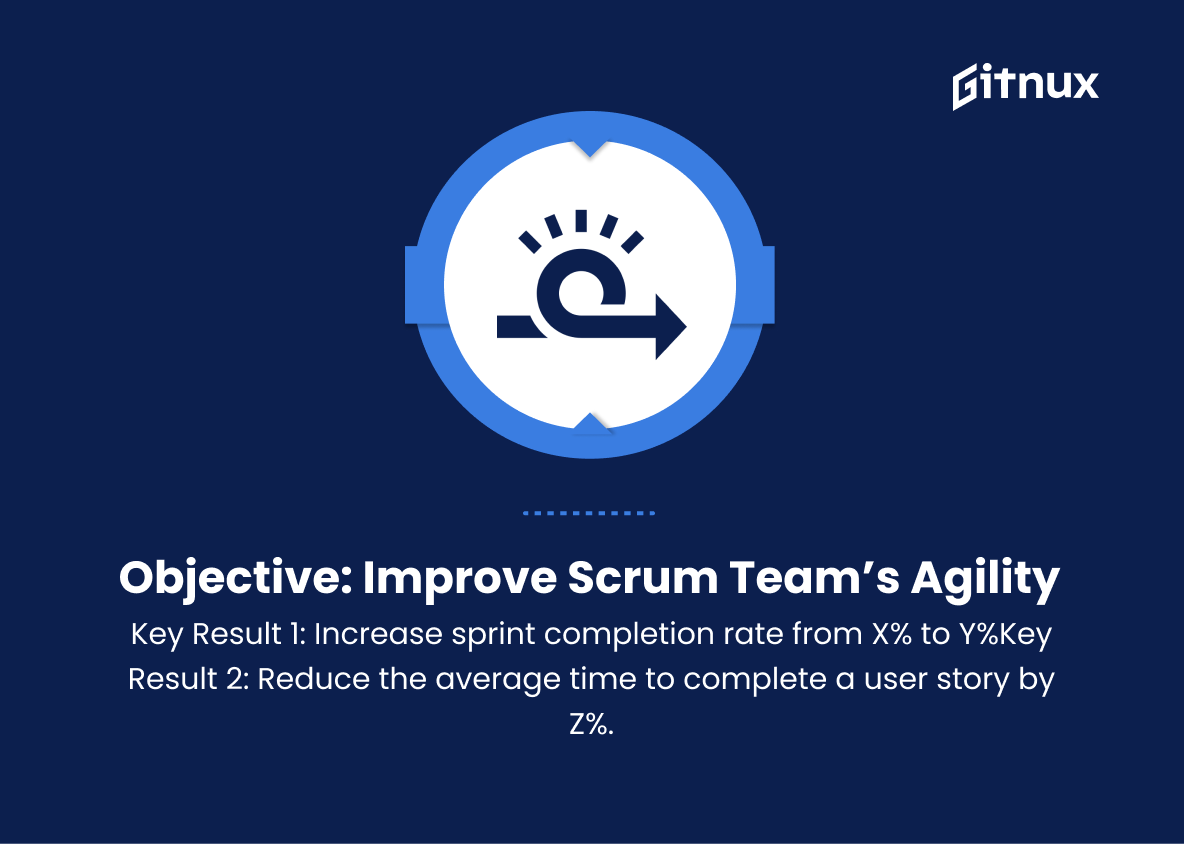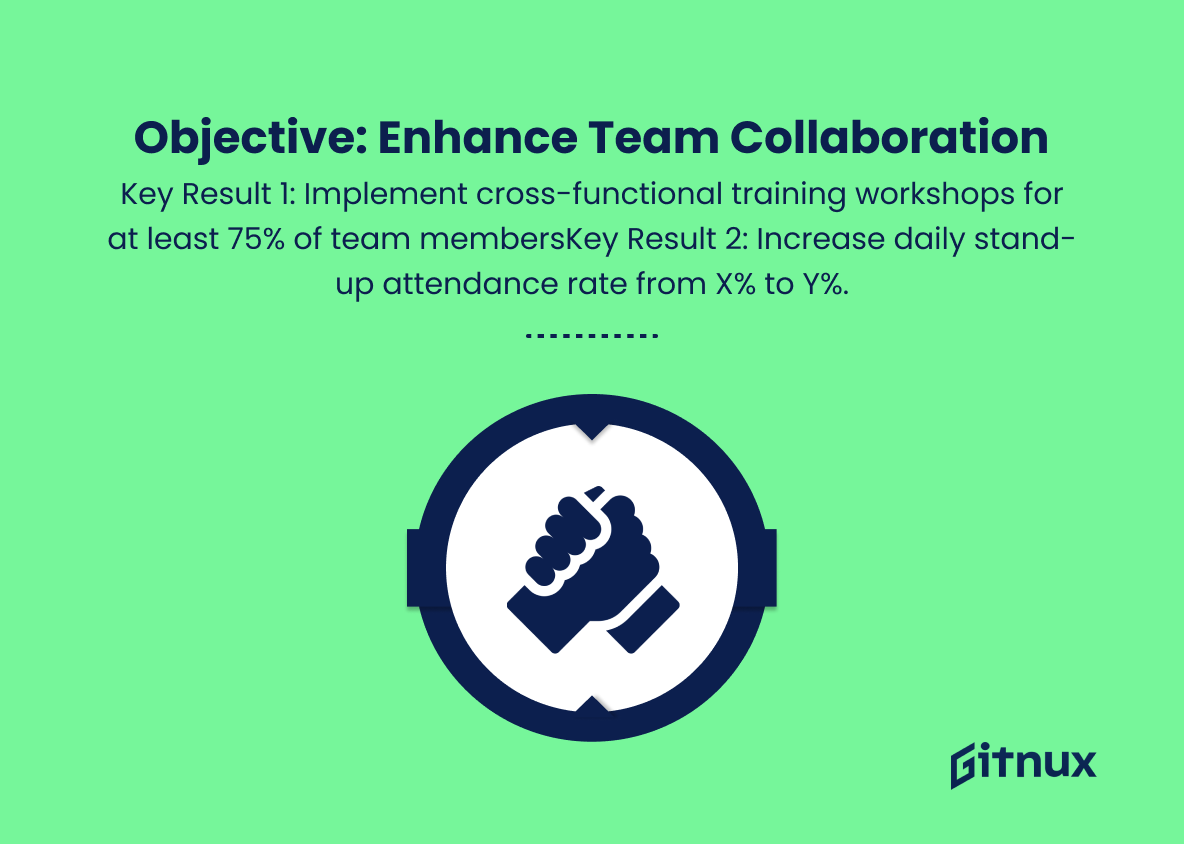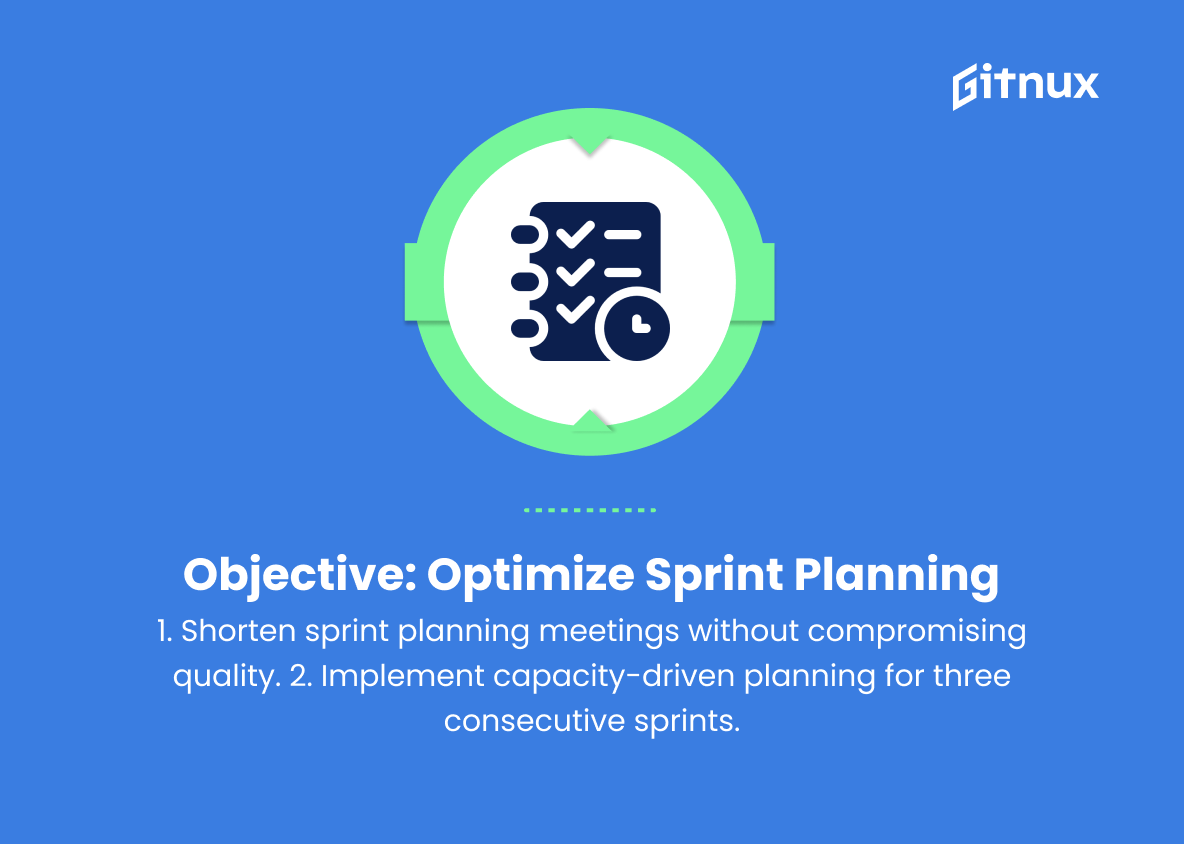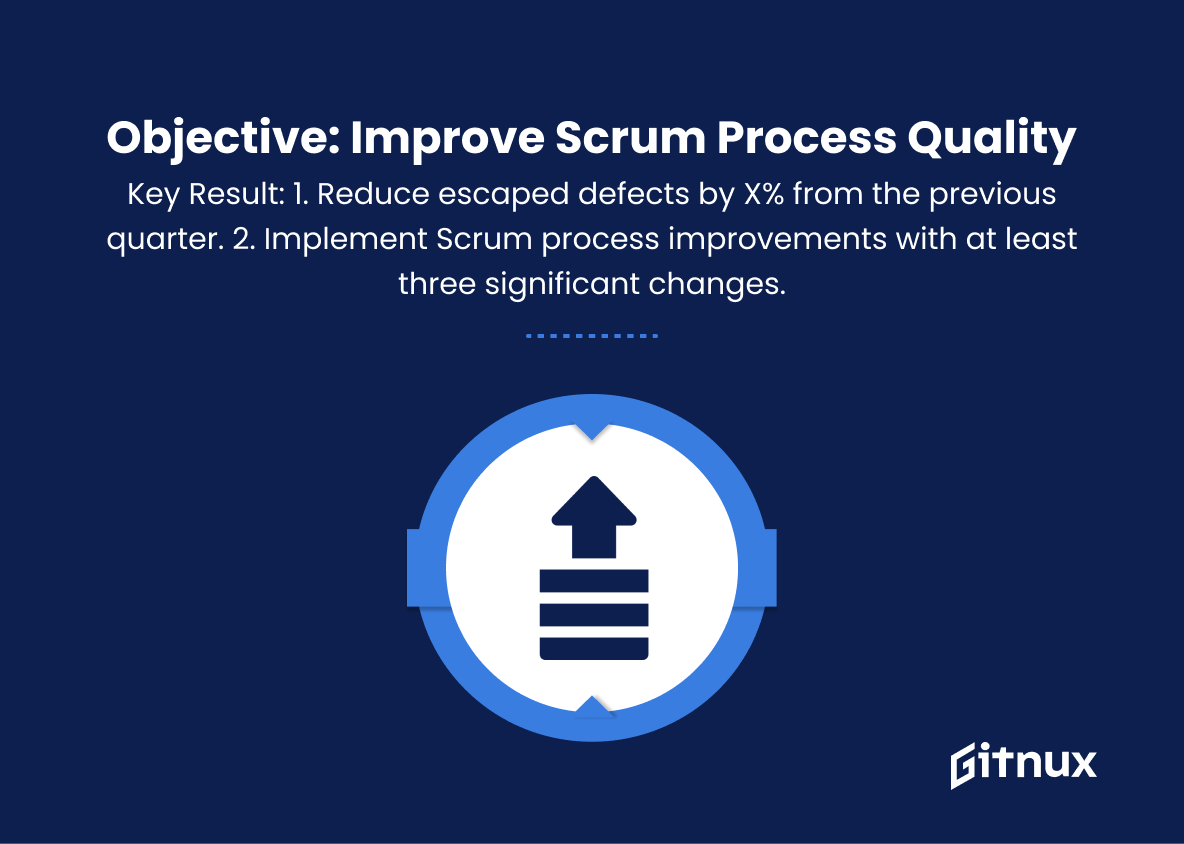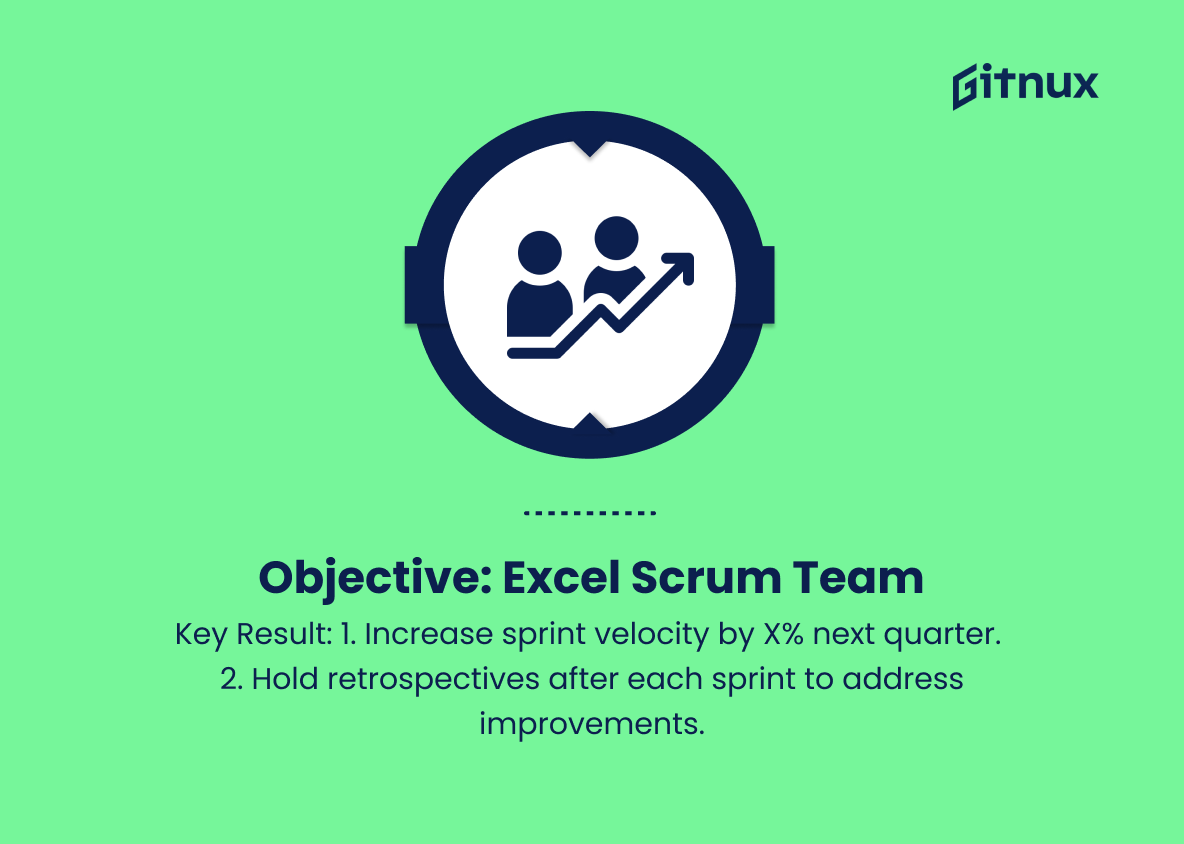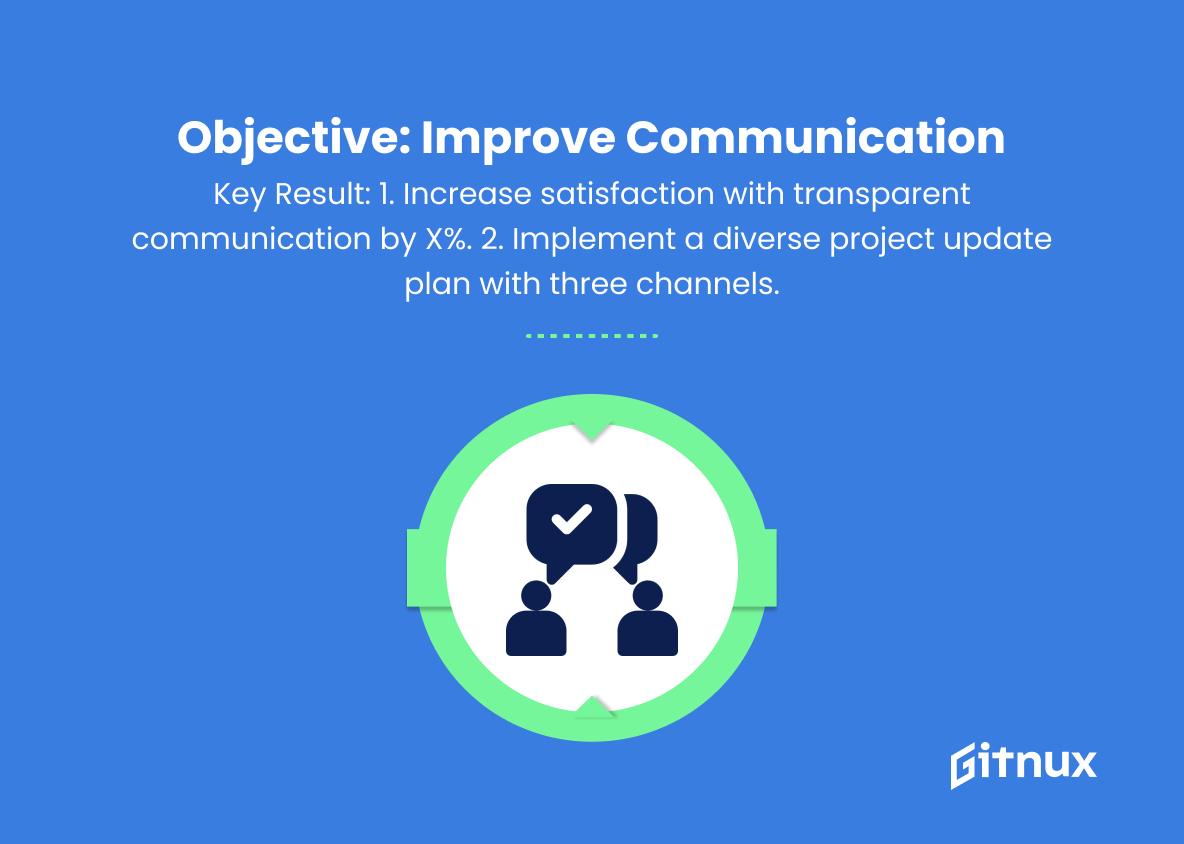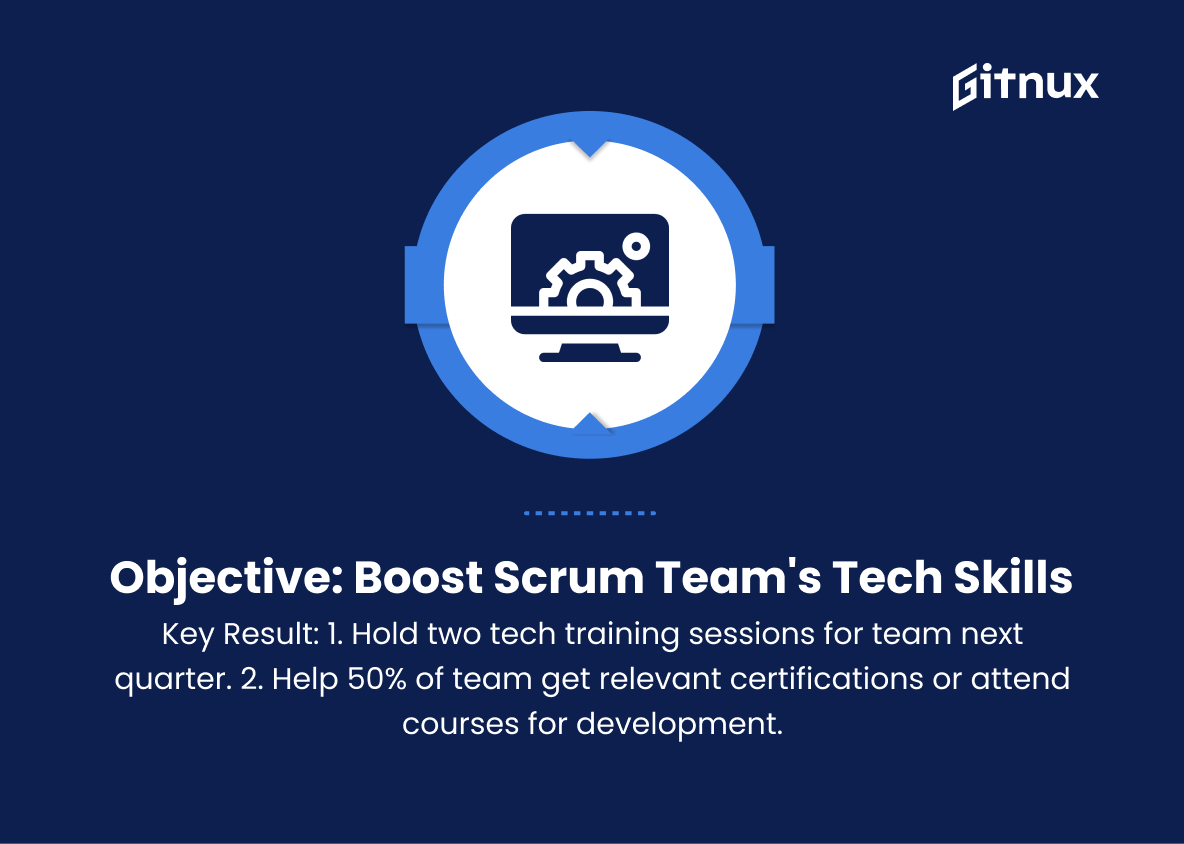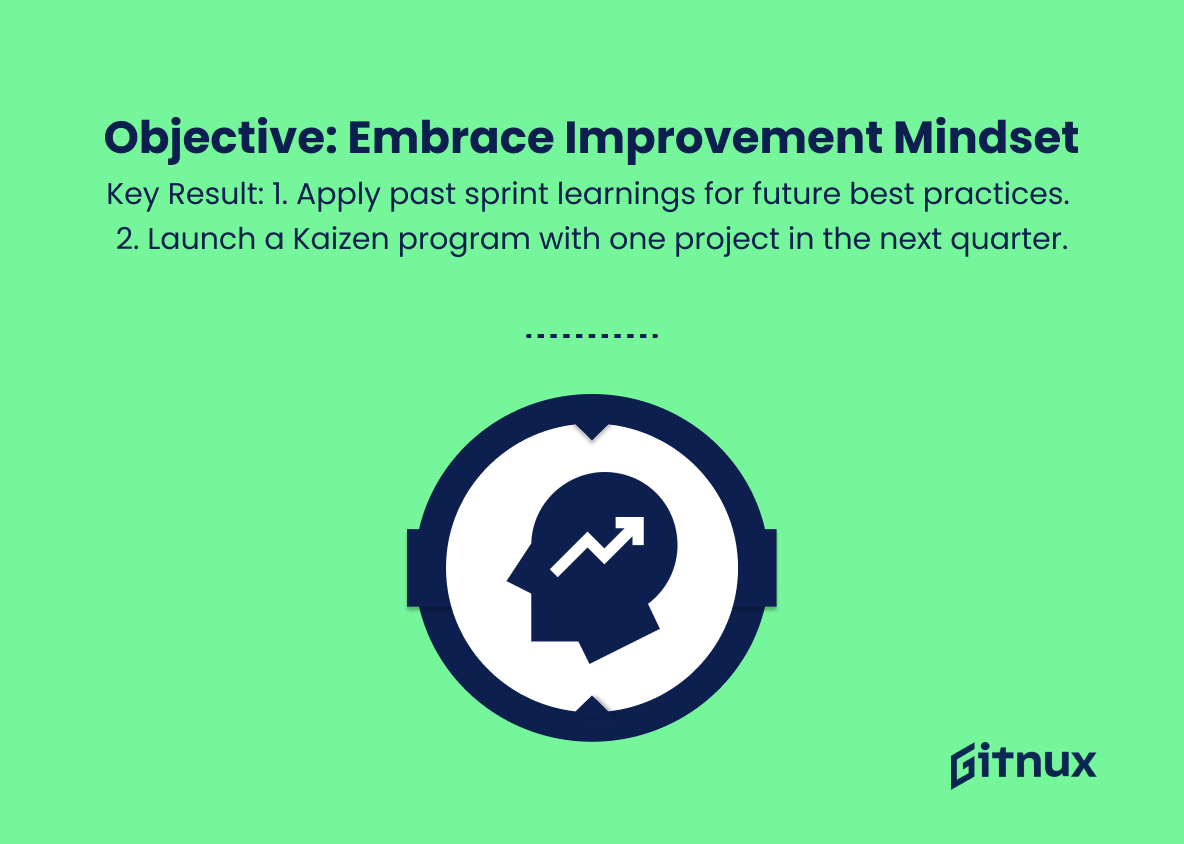In today’s fast-paced business environment, organizations are continually striving to improve efficiency and productivity while maintaining a high level of quality in their products and services. Agile methodologies, particularly the Scrum framework, have become immensely popular as they offer a proven approach to navigating the ever-changing landscape of project management. A key element in the successful implementation of Scrum is the role of the Scrum Master, whose primary responsibility is to ensure that the Scrum Team adheres to the framework’s values and principles. However, measuring the performance and effectiveness of a Scrum Master can prove to be a challenge. This is where Scrum Master OKRs (Objectives and Key Results) come into play.
In this blog post, we will delve deep into the world of Scrum Master OKRs, exploring their significance in the modern project management landscape, the essential components of effective OKRs, and how they can be applied to enhance the performance and overall success of not just the Scrum Master but the entire Scrum Team. Join us as we unlock the potential of OKRs to drive Agile success and elevate your organization’s performance to new heights.
Scrum Master OKRs You Should Know
1. Objective: Improve Scrum Team’s Agility
Key Result 1: Increase sprint completion rate from X% to Y%
Key Result 2: Reduce the average time to complete a user story by Z%
Explanation: This OKR aims at enhancing the Scrum team’s ability to react and adapt to changes in a timely and efficient manner by focusing on increasing the sprint completion rate and reducing the time taken to complete user stories.
2. Objective: Enhance Team Collaboration
Key Result 1: Implement cross-functional training workshops for at least 75% of team members
Key Result 2: Increase daily stand-up attendance rate from X% to Y%
Explanation: This OKR focuses on improving the collaboration and cross-functional skills within the Scrum team, ensuring a more cohesive and better-functioning team.
3. Objective: Optimize Sprint Planning
Key Result 1: Reduce sprint planning meeting duration by X% without compromising quality
Key Result 2: Implement a capacity-driven sprint planning approach for at least three consecutive sprints
Explanation: This OKR aims to enhance the efficiency of the sprint planning process, making it more capacity-driven and time-saving, which will lead to better overall sprint execution.
In today’s fast-paced business environment, organizations are continually striving to improve efficiency and productivity while maintaining a high level of quality in their products and services.4. Objective: Improve Scrum Process Quality
Key Result 1: Decrease the number of escaped defects by X% compared to the previous quarter
Key Result 2: Implement a continuous improvement initiative in the Scrum process, resulting in at least three significant improvements
Explanation: This OKR focuses on improving the quality of the Scrum process, reducing defects or issues that might arise, and implementing continuous improvement for sustained success.
5. Objective: Cultivate a High-Performing Scrum Team
Agile methodologies, particularly the Scrum framework, have become immensely popular as they offer a proven approach to navigating the ever-changing landscape of project management.Key Result 1: Improve team’s average sprint velocity by X% over the next quarter
Key Result 2: Conduct team retrospectives and debriefs after each sprint to identify and address key areas for improvement
Explanation: This OKR emphasizes on developing a high-performing Scrum team with increased sprint velocity and a culture that fosters continuous learning and improvement.
6. Objective: Enhance Stakeholder Communications
Key Result 1: Increase stakeholder satisfaction by X% through more transparent and frequent communication
Key Result 2: Implement a structured communication plan, including at least three different communication channels to share project updates
Explanation: This OKR focuses on improving communication with stakeholders, increasing their satisfaction, and ensuring project transparency for the Scrum team and stakeholders alike.
7. Objective: Strengthen Scrum Team’s Technical Competence
Key Result 1: Facilitate at least two technical training sessions or workshops for team members during the next quarter
Key Result 2: Encourage and support at least 50% of team members to obtain relevant certifications or attend courses for professional development
Explanation: This OKR aims to enhance the Scrum team’s technical competence to ensure they are up-to-date with the latest industry knowledge and practices, resulting in better project performance.
8. Objective: Embrace a Continuous Improvement Mindset
Key Result 1: Track and discuss key learnings and improvements from past sprints to implement best practices in future sprints
Key Result 2: Develop a Kaizen or continuous improvement program within the Scrum team, with at least one improvement project initiated in the next quarter
Explanation: This OKR emphasizes on cultivating a culture of continuous improvement within the Scrum team, resulting in incremental improvements and consistent project success over time.
Scrum Master OKRs Explained
The OKRs stated for a Scrum Master play a crucial role in reinforcing the key principles of Agile, ensuring that the Scrum framework functions efficiently, and creating an environment that promotes continuous improvement. These objectives, which include improving the team’s agility, enhancing collaboration, optimizing sprint planning, and maintaining process quality, all contribute to the overall success of the team’s projects. By focusing on bolstering technical competence, fostering a culture of learning, and strengthening stakeholder communication, these OKRs aim to consistently raise the bar regarding the team’s performance.
This continuous improvement mindset, captured in the final Objective, explicitly concentrates on embedding the mindset and practices of ongoing growth and incremental progress throughout the Scrum team, ultimately guaranteeing that the team remains dynamic, adaptive, and results-oriented in the ever-changing landscape of project development.
Conclusion
In conclusion, Scrum Master OKRs provide a structured approach to help Scrum Masters achieve exceptional performance and drive continuous improvement throughout the Agile team. By aligning objectives and evaluating progress with clear and measurable key results, Scrum Masters can effectively enhance their skills, contribute to team success, and foster a collaborative, result-oriented environment.
A well-defined Scrum Master OKR framework ensures that Agile teams stay focused on delivering value to their customers while continuously improving their work methodologies. Moreover, the OKR framework enables organizations to track and assess the Scrum Master’s impact on the success of the team and the company as a whole. As Agile principles continue to gain prominence in today’s workplace, embracing Scrum Master OKRs will remain crucial for both individual and team growth within the Agile ecosystem.
